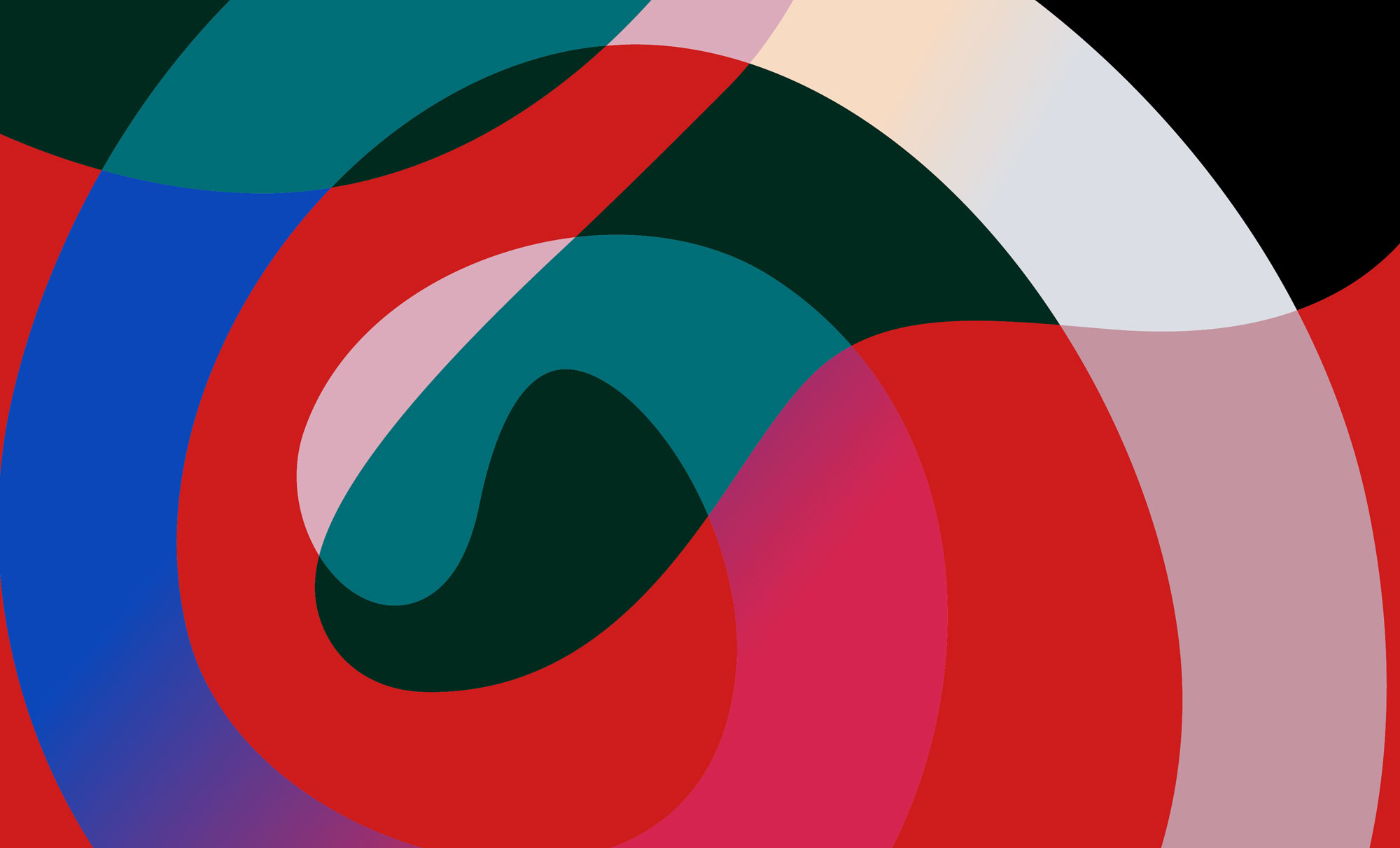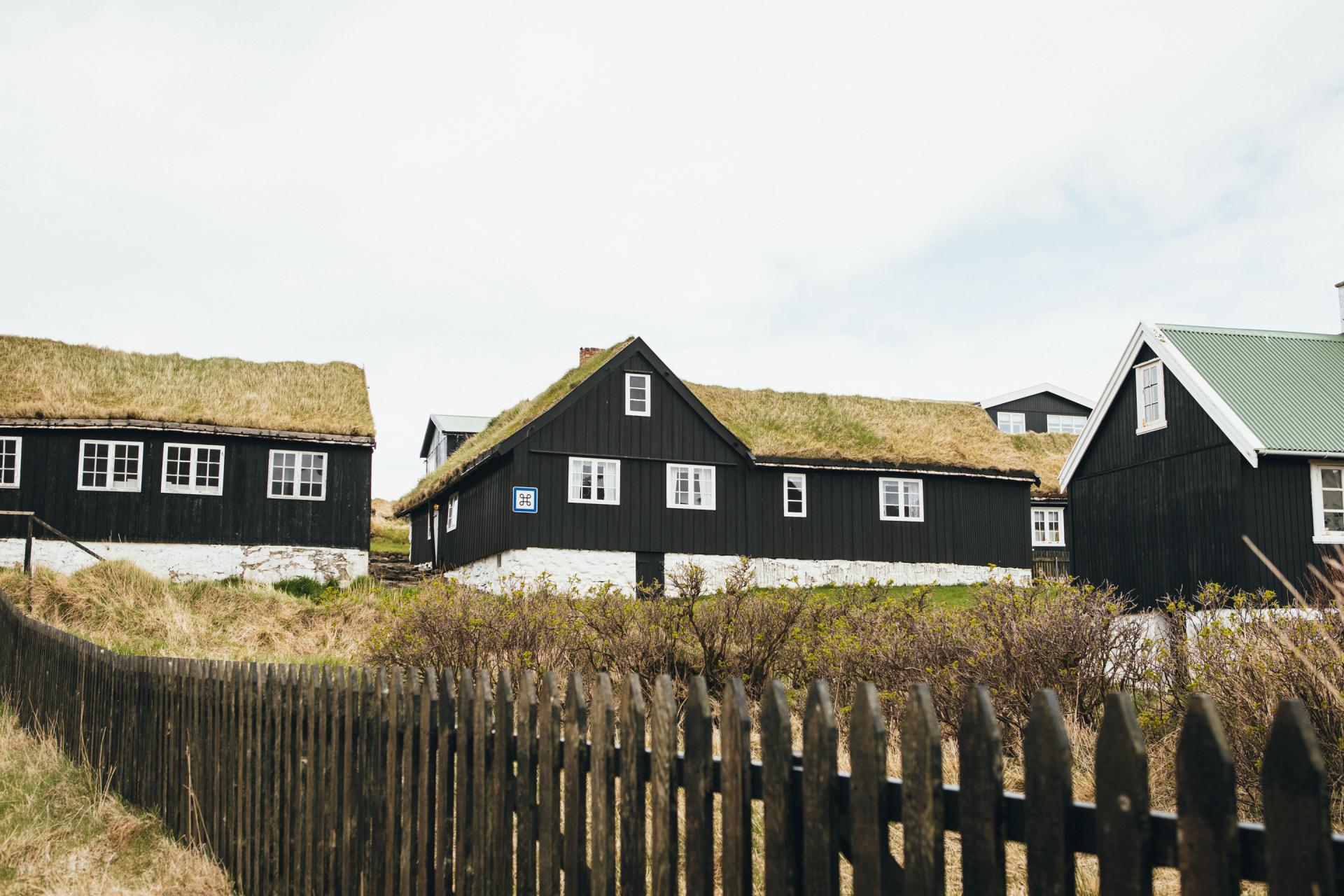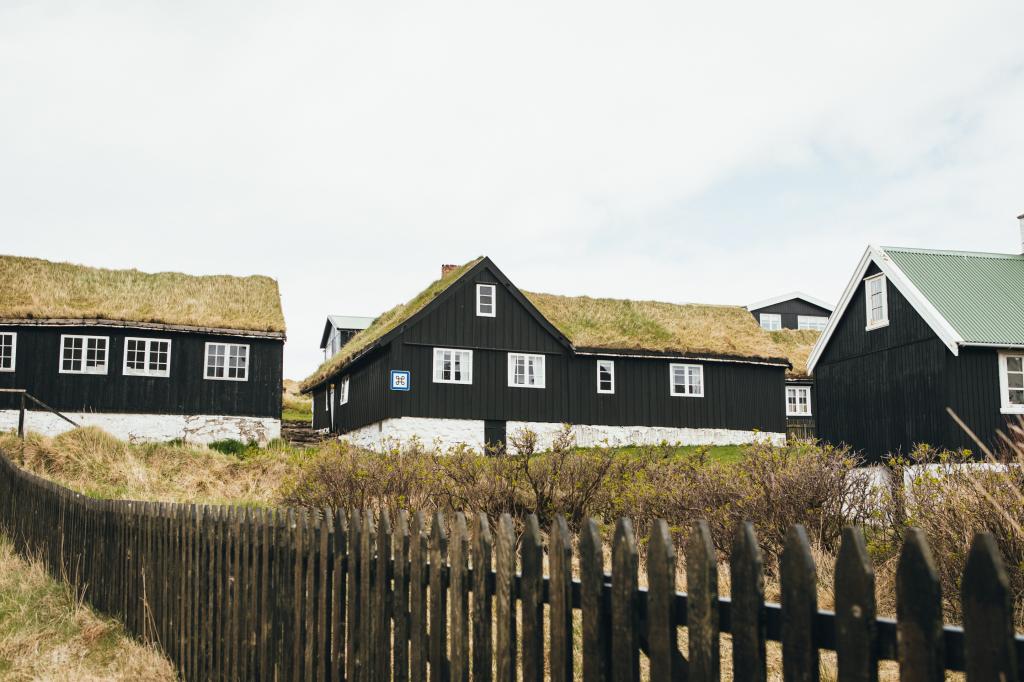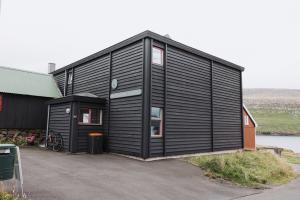SANDUR VILLAGE MUSEUM
Í Koytu is an ancient settlement, and cadastres tell us people lived there in 1584.
The local village museum is the homestead in Norðara Koyta, which was built by Hanus Jóhannesarson, later known as Hanus í Koytu. He settled there in 1812. The word koyta means “hollow”.
In 1988, the Sandur Village Museum bought the house and began restoring it. This gives us a chance to see what an ordinary home looked like and how people used to live.
OPENING HOURS
From June 1st – September 1st:
Monday – Saturday: 14.00 – 16.00.
The museum is also open upon appointment outside these opening hours and all year.
PRICE
Admission is DKK 100 per person.
For groups of more than 10 people: DKK 70 per person.
If you want to visit us before or after our regular opening hours, the price is DKK 600 plus DKK 80 per guest.
APPOINTMENTS
The museum is also open by appointment with VisitSandoy. Please email us at info@visitsandoy.fo or call +298 222 078.
MORE ABOUT SANDUR AND ITS HISTORY
The village of Sandur was probably where people first settled on Sandoy. Archaeological excavations by the graveyard, á Sondum, and Junkarisfløttur prove that people lived there in the 10th century.
By the graveyard, there are remains of what archaeologists believe to be a longhouse. The content of graves found there indicates that those buried there were of high social standing. Moreover, this is the only place in the Faroe Islands where a coin treasure has been found.
Sandur is a bustling Faroese village where fisheries and agriculture are the mainstays.
People have settled in two main areas in Sandur, east and west of the lake Sandsvatn. East of the lake, you find Traðir and the á Sondum settlement, and the village itself lies west of the lake.






